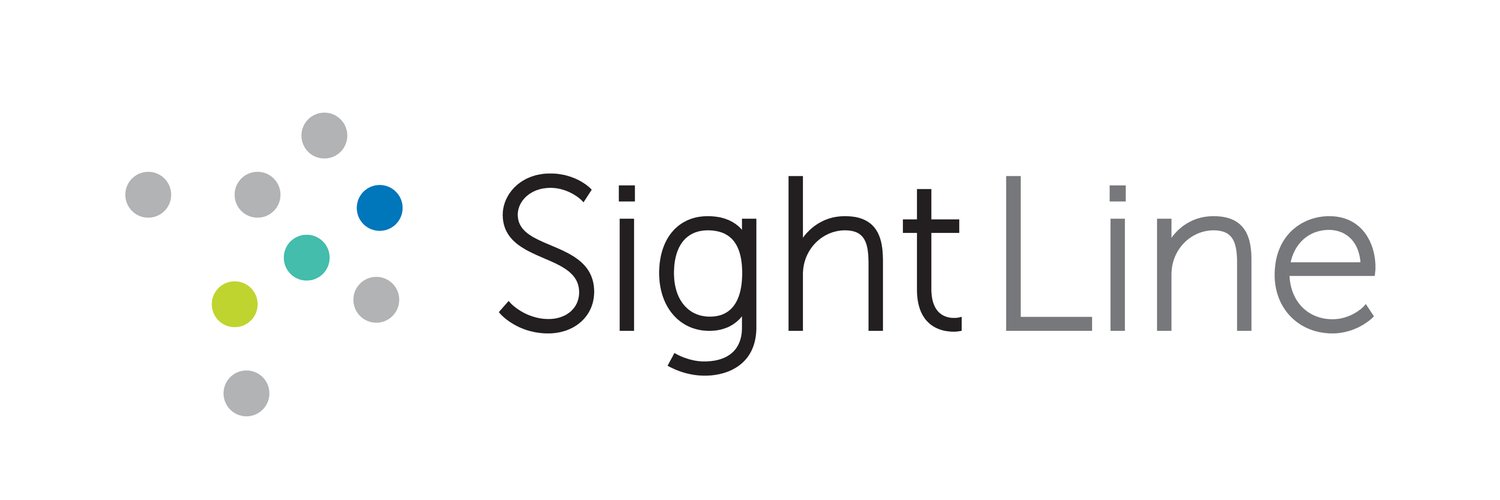Summer Strategies: Using AI & Institutional Change to Prevent Retention Risks
As summer approaches, enrollment and student success teams will be shifting their focus from deposit season to ensuring students—both incoming and continuing—are set up for success. One of the most effective ways to improve retention is by leveraging AI-driven predictive analytics alongside institutional change to identify and address at-risk students before they face challenges that could lead to attrition.
At SightLine, we take a dual approach to student success—combining individualized or batch-based interventions with systemic institutional improvements. Our predictive models provide the earliest possible lead time for identifying at-risk students, while our institutional assessments help colleges address structural barriers that may be preventing student persistence and graduation.
Why Early Identification Matters
Many institutions rely on learning management systems (LMS) or student success platforms that alert advisors when students show signs of disengagement, like failing to log in, missing assignments, or poor midterm performance. While these signals are useful, they are often reactive rather than proactive. By the time a student starts showing these warning signs, they may already be on a path toward stopping out. Predictive modeling allows institutions to intervene much earlier, often months or even a full year in advance.
SightLine’s predictive algorithms assess multiple factors—academic history, financial aid data, high school background, engagement levels, student employment and more—to forecast which students are most likely to struggle.
On average, 86% of the continuing students we identify as at-risk will drop out within two semesters if no intervention occurs. This lead time allows institutions to provide support before students experience academic or financial distress. Additionally, institutional policies, advising models, and financial aid structures often play as significant a role in student retention, as individual student challenges and should be equally addressed.
For Incoming Students: Setting the Stage for Success Before Day One
For first-year students, retention risk can be identified even before they arrive on campus. However, individual interventions alone are not enough—institutions must also evaluate whether their structures and policies support student persistence.
Key Strategies:
Preemptive Risk Modeling & Outreach: Use data-driven insights and predictive modeling to identify students who may require additional support, particularly first-generation, low-income, or academically underprepared students.
Summer Bridge & Mentorship Programs: Provide structured academic preparation, transition counseling, and peer mentorship to improve students' sense of belonging before the semester begins.
Institutional Barrier Review: Examine whether financial aid disbursement delays, academic advising structures, or rigid course registration policies are making it harder for students to transition successfully.
For Continuing Students: Preventing Attrition Before It Happens
For students who have already completed at least one semester, retention risks shift toward academic performance, financial struggles, and disengagement. Institutions must go beyond individual outreach and build cross-departmental collaboration to address systemic barriers.
Key Strategies:
Batch-based interventions: Instead of a one-size-fits-all approach, group students into segments based on risk factors (e.g., financial strain, academic challenges, lack of engagement) and tailor interventions accordingly. This optimizes resources for customized engagement strategies without having to develop completely individualized plans for each at-risk student.
Faculty & Staff Collaboration: Integrate student success efforts across Academic Affairs, Student Affairs, and Enrollment Management to ensure consistent, coordinated support.
Mid-Summer Check-Ins & Financial Aid Reviews: Engage students before the fall semester begins, to assess concerns related to finances, academics, or personal challenges. Summer is an oven overlooked time, when student success planning and engagement can be most impactful, while students and staff have less on their plate.
Institutional Strategies to Strengthen Retention
Beyond addressing individual student needs, colleges must critically examine their institutional structures, policies, and practices that impact student persistence.
SightLine recommends:
Data-Driven Decision Making: Leverage predictive models to identify barriers and inform proactive retention strategies.
Ongoing Data Capture & Integration: Ensure data systems allow for continuous student tracking, including qualitative student feedback.
Retention & Graduation Initiatives: Implement structured academic recovery plans, enhanced advising models, and financial aid interventions.
Institutional Capacity Building: Foster collaboration between departments to create a cohesive, university-wide student success strategy.
By integrating AI-powered retention models with institutional change, colleges and universities can shift from reactive to proactive student success efforts, leading to higher retention rates and better student outcomes.
At SightLine, we specialize in helping institutions assess their retention challenges holistically—combining predictive analytics with institutional transformation strategies. To learn more about how we can support your student success efforts, contact our team today.
